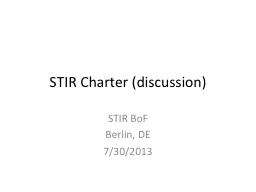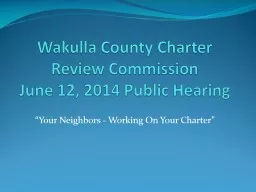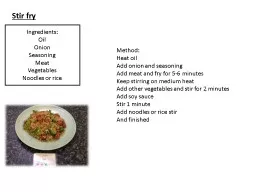PPT-STIR Charter (discussion)
Author : mitsue-stanley | Published Date : 2016-05-10
STIR BoF Berlin DE 7302013 For reference This is a snapshot of the 723 charter version Obviously this does not capture any discussion today No need to excessively
Presentation Embed Code
Download Presentation
Download Presentation The PPT/PDF document "STIR Charter (discussion)" is the property of its rightful owner. Permission is granted to download and print the materials on this website for personal, non-commercial use only, and to display it on your personal computer provided you do not modify the materials and that you retain all copyright notices contained in the materials. By downloading content from our website, you accept the terms of this agreement.
STIR Charter (discussion): Transcript
Download Rules Of Document
"STIR Charter (discussion)"The content belongs to its owner. You may download and print it for personal use, without modification, and keep all copyright notices. By downloading, you agree to these terms.
Related Documents














